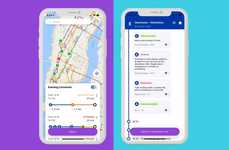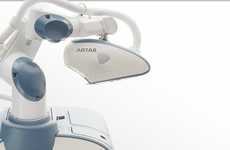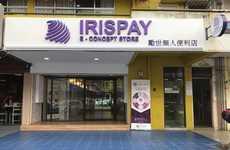



Stores leverage technology to help consumers find and learn about products
Implications - To improve brick-and-mortar retail, brands are implementing advanced technologies like store map apps and navigation tablets. Giving shoppers the power to browse and direct themselves through a store using technology satisfies the consumer desire for quick and easy in-store shopping experiences. Simplifying the consumer’s path to purchase improves omnichannel retail by reinforcing the seamlessness of today's retail landscape.
Workshop Question - How can your brand improve the consumer's path to purchase through technological advancements?
Trend Themes
1. Smart Store Navigation - Advanced technologies like store map apps and navigation tablets help shoppers quickly and easily navigate through a store, thus improving their overall in-store shopping experience.
2. Smart Carts and Personal Shopping Assistants - Innovative shopping carts and personal shopping assistants powered by AI and facial recognition technology help consumers find products more efficiently, increase basket size, and create an authentic connection with shoppers.
3. Digital Indoor Mapping Technology - Indoor mapping technology like 'Mapsted' has become the norm for many users, helping them navigate through indoor spaces like malls and stores--providing a faster and more positive shopping experience.
Industry Implications
1. Retail Industry - Smart navigation solutions and personal shopping assistants will be a game-changer for retailers looking to create a more seamless and customer-friendly in-store shopping experience.
2. Technology Industry - The development of advanced AI and facial recognition technology for retail environments opens up new opportunities for technological innovation within the industry.
3. Consumer Goods Industry - Personalized deals delivered via digital navigation technology create disruptive innovation opportunities for consumer goods companies looking to drive sales and optimize the in-store shopping experience.














































